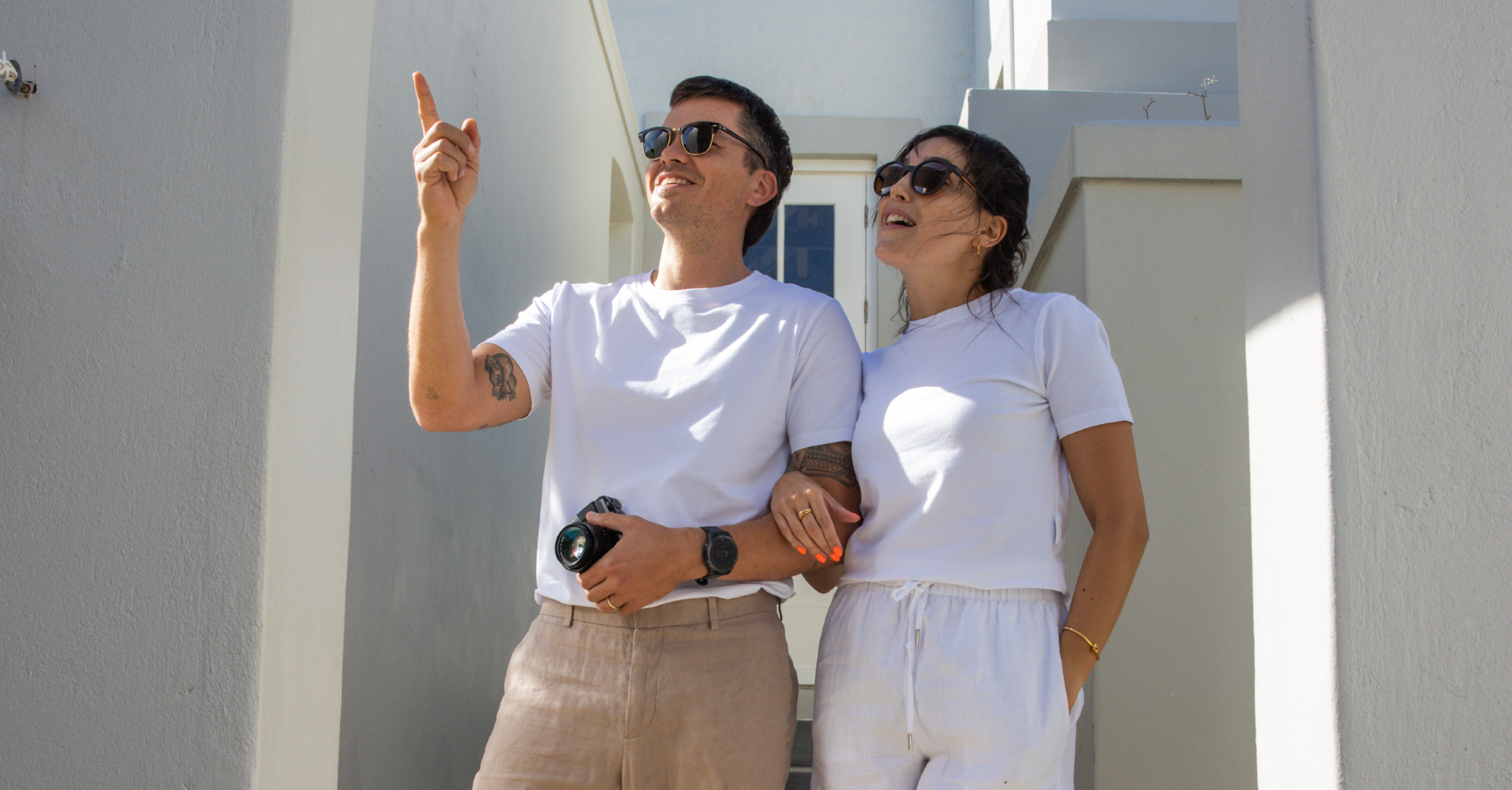When we talk about wellness, most people picture meditation apps, green juices, or long mornings in the gym. But what about the shirt you’re wearing right now? What about the way your trousers sit against your waist, or the softness of your sweater brushing against your skin? These daily negotiations with your body — and your nervous system is paying attention.
We’ve been conditioned to think of clothing as primarily aesthetic, but science and culture are showing us something different: what you put on each day is also a wellness decision. Our skin is lined with millions of tiny receptors, constantly feeding information to the brain. When you pull on something soft — think brushed cotton,bamboo blends, or lived-in linen — those receptors fire differently than when wrapped in scratchy synthetics or stiff tailoring. The result? Oxytocin release, a hormone linked to trust and calm. The softness of fabric doesn’t only “feel nice”; it actually influences your body’s chemistry.
Now, consider the reverse: restrictive, rigid, or overly synthetic clothing can send subtle stress signals, heightening irritation or fatigue. The body doesn’t lie. If your outfit makes you fidget or tense, it’s quietly disrupting your sense of equilibrium. Clothing also dictates how we move. Ergonomic cuts, elasticated waists, flowing silhouettes — these aren’t just comfort choices; they encourage expansion. Movement scientists talk about “range of motion” as key to both physical and psychological health. A body allowed to stretch, breathe, and flow is a body that feels safe. On the flip side, clothes that are too tight, too short, or designed for performance rather than presence often push us into restriction. Think of it as armour — powerful in the right context, but exhausting when worn every day. After all, it’s difficult to be calm when your clothing is quietly demanding vigilance. This is why we spent so long on our R&D process when we design, and why the technical details are so important to us.
Then there’s colour. Decades of research on colour psychology show that hues influence emotion. Blues and greens soothe; yellows and oranges stimulate; neutrals ground. That’s why choosing what shade you drape yourself in isn’t just aesthetic — it’s mood-setting. Dressing in charcoal greys when you need focus, or warm terracottas when you want to signal energy, can feel like curating your day before it even begins. Clothing, in this way, becomes a wearable language for the state you want to inhabit.
Wellness should be about folding intention into what you already do. Getting dressed happens every morning, with or without conscious thought. The shift is in treating it as ritual: taking five minutes to ask, what does my body need today? Calmness? Freedom? Power? Softness? This is how wellness becomes woven into daily life, instead of cordoned off into yoga classes or evening skincare. It’s already here, hanging in your wardrobe.
We believe softness is strength, and comfortable movement through your day should go without saying. Clothing is a conscious choice that can elevate your nervous system and anchor your wellbeing. When you choose what to wear, you’re choosing how you’ll feel — in your body, in your mind, and in the spaces you move through. At Breeth, we engineer comfort into our clothing for your wellbeing













